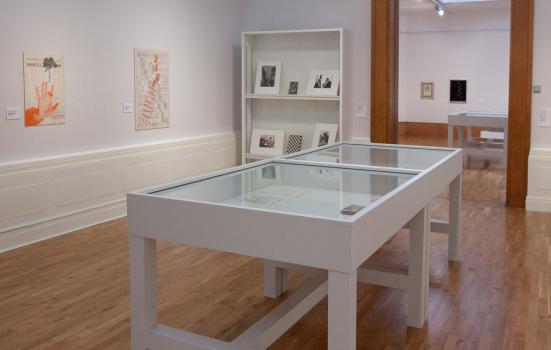Many great public art collections were founded upon the bequests of private collectors, but how can galleries engage the collectors and philanthropists of the future? Kirstie Hamilton reports on Museums Sheffield investigations.

Andy Brown
Going Public: International Art Collectors in Sheffield is an initiative led by Museums Sheffield which engages the public and private art worlds in a debate about philanthropy and its role today. In autumn 2015 it brought international art collectors together with regional arts organisations to explore how they could successfully work in partnership.
Four internationally significant private collectors showed works in five Sheffield venues. This provided the backdrop for a summit that brought politicians, policy-makers, funders, collectors and museum and gallery professionals together to discuss how public art institutions can unlock the potential of philanthropy.
We can’t just sit and wait for philanthropists to make themselves known to us
The first phase of the project culminated last spring with a report reflecting on relationship-building, financial incentives and the continued importance of public funding for building a resilient sector.
At Museums Sheffield, like all museums and galleries, we have been working to develop philanthropic giving and to build meaningful relationships with potential donors. But it is challenging, especially outside London, and there is no one model of best practice. Going Public has helped us to think in different ways and to work at a new level.
Different models
The four international collectors who took part were carefully selected, each approaching collecting and philanthropy in a different way. This helped us to understand a variety of philanthropic models, but also to look for commonalities.
All of the collectors spoke about the importance of developing relationships with individuals. One of the collectors, Nicolas Cattelain, says in the report: “Obviously you want to deal with an institution that is professional who you can trust and that will take good care of your artworks. But the key is the people. The people are really, really important.”
The collectors all agreed that they are not interested in supporting the general running costs of an organisation. They want to support organisations to do something new or different. The importance of additionality was helpful to hear and important for policy-makers.
The discussions revealed that having charitable status can help to clarify the needs and objectives of an organisation, which is something that’s often difficult for organisations that are part of a larger local authority.
Working together
So how do we develop an exceptional and engaging workforce that can grow relationships that might bring greater resilience to the sector? How do we make financial incentives more obvious and accessible? How do we work together to make something new and meaningful? The report suggests these are subjects with much potential and that we need to develop the conversation further. While the need for philanthropic giving may be urgent, it is unlikely that it will be a ‘quick win’.
The report highlights a need for public funders, policy-makers and politicians to look at what needs to be supported as core activity, and where the arts should sit in terms of the political agenda.
Supported by the national fundraising charity Art Fund, we staged the next phase of Going Public last summer, working with international collector Valeria Napoleone at the Graves Art Gallery. We held a seminar with our regional civic museums colleagues, and a short paper will be shared soon.
We are continuing to reflect on our aspirations and explore the most effective ways for the private and public art worlds to work together to share cultural assets and knowledge with audiences. Philanthropy is not a silver bullet, but it’s part of the solution and we need to take a long-term approach.
We, as a sector, need to actively support and encourage philanthropy in the regions at all levels. We can’t just sit and wait for philanthropists to make themselves known to us and hope they will have all the answers.
Kirstie Hamilton is Head of Exhibitions and Displays at Museums Sheffield.
www.museums-sheffield.org.uk




